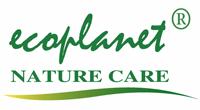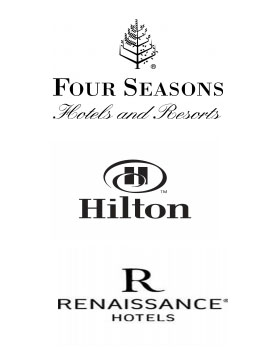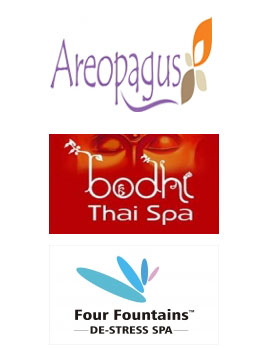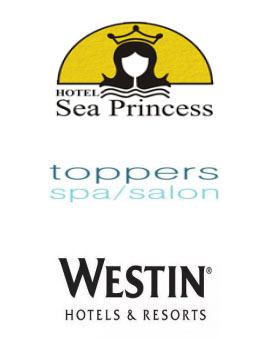Embracing Hygiene Excellence in Spas and Salons
Embracing Hygiene Excellence in Spas and Salons
Introduction
In the realms of personal care and wellness, spas and salons are not just centers for beauty and relaxation; they embody trust and safety. The cornerstone of this trust is hygiene. This article delves into why impeccable hygiene is crucial in spas and salons, impacting client experiences and business reputations.
Understanding the Importance of Hygiene
1. Infection Control
The intimate nature of services like massages and haircuts in spas and salons raises the risk of cross-contamination. Rigorous hygiene practices are crucial to prevent the spread of germs, protecting clients and staff alike.
2. Client Confidence and Comfort
A clean, well-maintained establishment does more than please the eye. It reassures clients of their safety, boosting their overall experience and satisfaction.
3. Brand Image and Reputation
In the digital age, a single hygiene mishap can severely damage a brand's image. High hygiene standards are not just good practice; they're essential for maintaining a positive reputation.
4. Regulatory Compliance
Complying with health and safety regulations is mandatory. Spas and salons must adhere to these standards to avoid legal repercussions and potential closure.
Hygiene Best Practices for Spas and Salons
1. Routine Cleaning and Sanitization
Establish a strict cleaning schedule, including regular disinfection of surfaces, tools, and equipment. Focus especially on high-touch areas like door handles, chairs, and workstations.
2. Disposable Tools and Supplies
Use disposable items like towels and nail files where possible to minimize cross-contamination risks.
3. Staff Training and Personal Hygiene
Staff should be thoroughly trained in hygiene protocols, including proper handwashing, equipment sterilization, and using personal protective equipment. Personal hygiene is also vital, reflecting the establishment's dedication to cleanliness.
4. Clear Client Communication
Be transparent about hygiene practices to reassure clients. Educate them about the measures in place and encourage their participation, such as using hand sanitizers, to promote a collaborative hygiene approach.
5. Health Screening Protocols
Implement client pre-screening for illness symptoms, especially during periods of heightened health concerns.
6. Feedback and Continuous Improvement
Encourage client feedback on hygiene standards to identify improvement areas and demonstrate commitment to client satisfaction and safety.
Conclusion
The essence of spa and salon experiences lies not just in the services offered but in the assurance of a safe, hygienic environment. By prioritizing cleanliness, these establishments not only comply with health standards but also bolster client trust and comfort. It's a commitment that transcends aesthetics, focusing on the health and well-being of both clients and staff. As patrons, supporting and choosing spas and salons that maintain these hygiene values contributes to a culture of health and safety in personal care, ensuring that our relaxation and beauty enhancement moments are always surrounded by cleanliness and care.















Leave your reply Cancel Reply